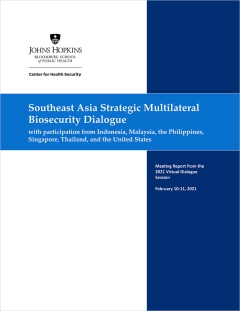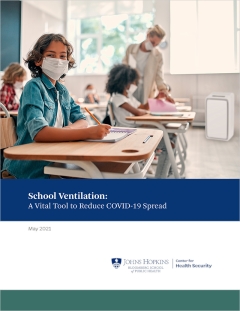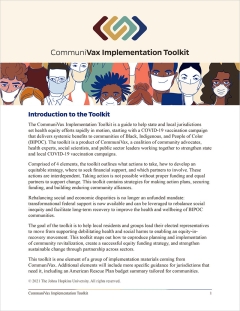The trajectories of infectious disease and racial injustice in the United States have been inextricably entwined for centuries. Smallpox, for example, is thought to have arrived with Europeans to the Americas in the 16th century bringing devastating effects to Indigenous populations.1 By the 17th century, numerous reports detail efforts by colonists to deliberately infect Native Americans, becoming one of the earliest documented histories of intentional biological warfare. Further links between infectious disease and racial injustice can be traced to the 1721 smallpox epidemic that ravaged Boston. During this time, the Puritan minister Cotton Mather advocated widely for inoculation, a procedure wherein dried pus from a smallpox patient was scraped into a healthy person's skin to build immunity.2 Mather had learned of inoculation from an enslaved man named Onesimus, who brought knowledge of the practice from Africa. After Zabdiel Boylston, a local physician, successfully tested the procedure on his own son and 2 enslaved household members, he and Mather launched a public inoculation campaign. However, they encountered pushback from White Bostonians, some of whom questioned the validity of African medical practices and speculated that inoculation was a ploy to kill slaveowners. Another physician, William Douglas, went so far as to satirically advocate for using inoculation as a weapon against Native Americans, proposing cash rewards for each death.2,3 Ultimately, though, only 1% to 2% of inoculation recipients died of smallpox during the outbreak, compared to 15% of Bostonians who were infected naturally.3



